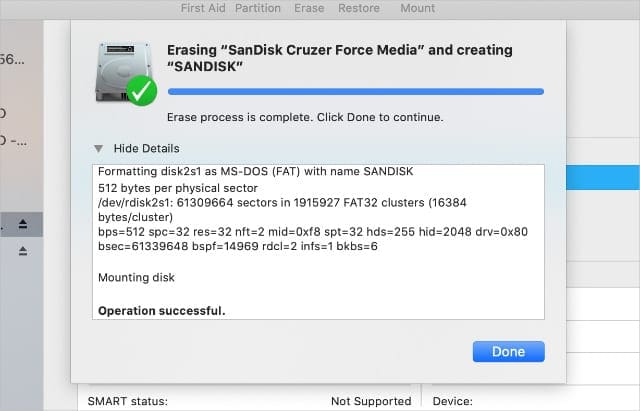

Set Format to Mac OS Extended (Journaled) Check step 2 to confirm Disk Utility is Showing All Devices. NOTE: If you don’t see Scheme, then make sure that all devices are showing and the non-indented entry is selected. Select the non-indented entry, you will see Media in the nameĬlick the button labelled Erase in the menu which will bring up this window.Click View in the upper left and select Show All Devices.To open Disk Utility - Open Finder > Applications > Utilities > Disk Utility IMPORTANT: Reformatting the drive will erase all data on the drive, so you should copy any data you want off the drive prior to formatting. If you need to go between macOS and Windows then format your drive ExFAT on macOS Mac OS Extended (Journaled) does not work natively with Windows.Starting with Big Sur, Mac OS Extended (Journaled) is no longer the default when using Time Machine.It is important to keep the following in mind when formatting Mac OS Extended (Journaled): Not sure what version you are using? Click here to determine your version of macOS This means that 2 24 (= 16.777.216) unique OUAs can be assigned per OUI.IMPORTANT: This article applies to the following macOS versions: Bit 25-48 (network adapter identifier): Bits 25 to 48 provide device manufacturers with 24 bits for assigning a unique hardware identifier (organizationally unique address, OUA).A corresponding service is available, for example, on. The assignment of OUIs is usually public and can be determined via databases. Bit 3–24 (manufacturer identification): Bits 3 to 24 encode an identifier (organizationally unique identifier, OUI), which is assigned exclusively to hardware manufacturers by IEEE.Addresses that are only locally unique are called locally administered address (LAA) and are marked with U/L = 1. If U/L = 0, the address is valid worldwide as a universally administered address (UAA). Bit 2 (registry): The second bit of the MAC address indicates whether it is an address with global validity (universal) or whether the address has been assigned locally (local).Multicast addresses are identified by I/G = 1 and are addressed to several receivers. If I/G = 0, it is a unicast address for a single network adapter. This bit is called I/G (short for individual/group).

Bit 1 (receiver): The first bit of the MAC address specifies whether it is an individual or group address.The bit sequence of each MAC address is divided into 4 areas, each of which encodes different information.


 0 kommentar(er)
0 kommentar(er)
